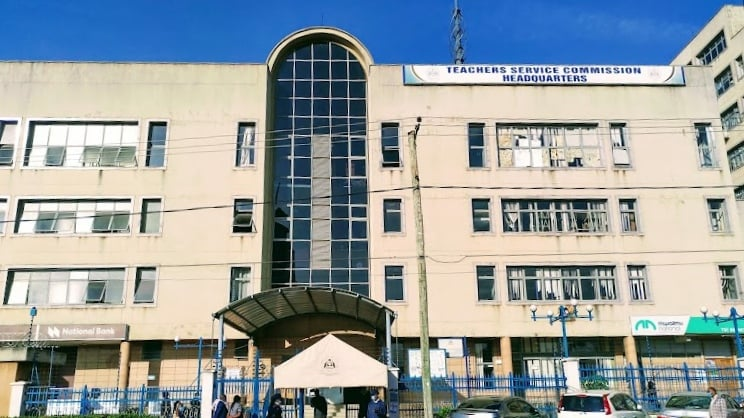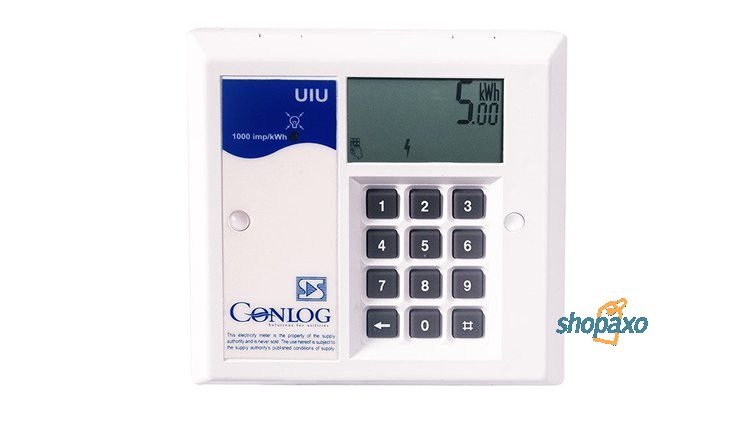Now Reading: Allowances for Teachers in Kenya: A Complete Guide to the 2025-2029
-
01
Allowances for Teachers in Kenya: A Complete Guide to the 2025-2029
Allowances for Teachers in Kenya: A Complete Guide to the 2025-2029

Looking for allowances for teachers in Kenya? The Teachers Service Commission (TSC) in Kenya has introduced a comprehensive allowance structure for teachers under the newly signed 2025–2029 Collective Bargaining Agreement (CBA).
These allowances are designed to improve teachers’ welfare by addressing key expense areas such as housing, commuting, hardship, and leaves.
This article provides a detailed overview of the latest allowances for teachers across various job grades, highlighting how these benefits complement the salary increments announced in 2025.
What Are Allowances for Teachers?
Allowances for teachers refer to additional financial benefits paid on top of the base salary. These allowances aim to offset costs that teachers incur due to the nature of their work or their duty locations.
In Kenya, the main categories include commuter, house, hardship, baggage, disability guide, and annual leave allowances.
The TSC periodically reviews these allowances to reflect economic realities and the cost of living in different regions.
Key Highlights of the 2025-2029 CBA on Allowances
The latest Collective Bargaining Agreement signed between the TSC and teaching unions like KNUT, KUSNET, and KUPPET allocates approximately Ksh 33.75 billion for salary and allowances over four years.
The agreement took effect starting July 1, 2025. The allowance revisions accompany salary increments of up to 29.5% for various teacher grades.
Commuter Allowance for Teachers
Commuter allowance is a monthly benefit paid to teachers to help cover transport costs incurred traveling between home and school or duty stations. This allowance varies depending on the teacher’s job group:
- Entry-level teachers in Job Groups B5 and C1 receive Ksh 4,000 per month.
- Mid-level teachers in Grades C2 and C3 get commuter allowances of Ksh 5,000 and Ksh 6,000, respectively.
- Teachers in leadership positions such as Deputy Headteacher II (C4) and Headteacher (C5) earn Ksh 8,000.
- Senior leadership (Grades D1 and D2) receive Ksh 12,000 per month.
- Principals and Senior Principals (D3 and D4) have Ksh 14,000 monthly.
- Chief Principals (Grade D5) receive the highest commuter allowance of Ksh 16,000.
These allowances are paid concurrently with salaries, ensuring teachers’ commuting expenses are partially offset from their income.
House Allowances Based on Geographical Location
One of the most significant teacher allowances is the house allowance, which helps cover housing-related expenses.
Recognizing regional cost-of-living differences across Kenya, the TSC updated the house allowance structure into four clusters based on the location of the teacher’s duty station:
- Cluster 1 (Nairobi City): The highest housing allowances are paid here given Nairobi’s elevated living costs.
- Cluster 2 (Major Municipalities): Includes cities like Mombasa, Kisumu, Nakuru, Nyeri, Eldoret, Thika, Kisii, and Kitale.
- Cluster 3 (Minor Municipalities): Covers former minor municipalities.
- Cluster 4 (Other Areas): Mainly rural or less urbanized regions covering the majority of teachers.
For example, teachers in Nairobi receive the highest house allowances across grades, such as:
- Grade B5 (Primary Teacher II) earns Ksh 6,750.
- Grade C1 gets Ksh 10,000.
- Senior teachers in Grade C3 and C4 receive Ksh 28,000.
- Senior leadership such as Grade D4 earn about Ksh 45,000.
- The highest house allowance goes to Chief Principals (D5) at Ksh 50,000 per month.
In comparison, teachers in major municipalities and other clusters receive progressively lower allowances reflecting local costs.
Other Allowances for Teachers
Besides commuter and house allowances, teachers receive several other important allowances:
- Hardship Allowance: Designed to compensate teachers posted in challenging or remote environments. This ranges from Ksh 6,600 for entry-level teachers to Ksh 38,100 for Chief Principals.
- Baggage Allowance: Paid per kilometer for teachers who transfer duty stations, from Ksh 43/km for lower grades up to Ksh 80/km for senior principals.
- Disability Guide Allowance: Ksh 20,000 is paid monthly to teachers living with disabilities to support their special needs.
- Annual Leave Allowance: Paid once every January, ranging from Ksh 4,000 for lower grades to Ksh 10,000 for senior leadership to support vacation expenses.
These allowances are part of the comprehensive package negotiated to enhance teacher welfare and working conditions.
Importance of Allowances for Teachers
Teacher allowances play a vital role beyond basic salary compensation. They address additional financial burdens teachers face, enabling them to focus on delivering quality education. For example:
- Commuter allowances ease the burden of transport costs, which can be significant in Kenya.
- House allowances mitigate the rising housing costs, especially in urban centers.
- Hardship allowances encourage teachers to work in difficult environments by providing extra financial support.
- Disability and baggage allowances ensure inclusion and fairness in remuneration.
By improving overall compensation through allowances, the TSC seeks to motivate teachers, reduce attrition, and promote equity across counties and school settings.
How the Allowances Impact Teachers’ Take-Home Pay
The combined effect of revised salaries and allowances fundamentally increases teachers’ net earnings. An example for primary teachers in Grade B5:
- Basic salary ranges from about Ksh 28,600 to Ksh 37,100.
- Adding commuter allowance (Ksh 4,000) and house allowance (from Ksh 3,200 to 6,750 depending on location).
- Plus any applicable hardship or disability allowances.
This overall package provides a substantial uplift compared to previous remuneration structures. Senior leadership and principals benefit similarly with higher allowances reflecting their leadership roles.
Challenges and Discussions
Despite the positive changes, some issues remain debated among educators:
- Some secondary teachers feel unappreciated when upgrading qualifications compared to promotion benefits given to primary teachers.
- There are calls for ongoing review to ensure allowances keep pace with inflation and evolving cost of living.
- Geographic disparities in allowances may still leave rural teachers disadvantaged despite adjustments.
These discussions reflect the complexity of balancing equitable pay structures across a diverse national education system.
Conclusion
Allowances for teachers in Kenya under the 2025–2029 TSC Collective Bargaining Agreement provide vital financial support in key areas such as transport, housing, hardship, and special needs.
These allowances augment salary increments and are tailored to job grades and local costs, demonstrating a significant commitment to enhancing teacher welfare.
Teachers are encouraged to understand their entitlements fully and engage actively in union discussions for continuous improvement.






























